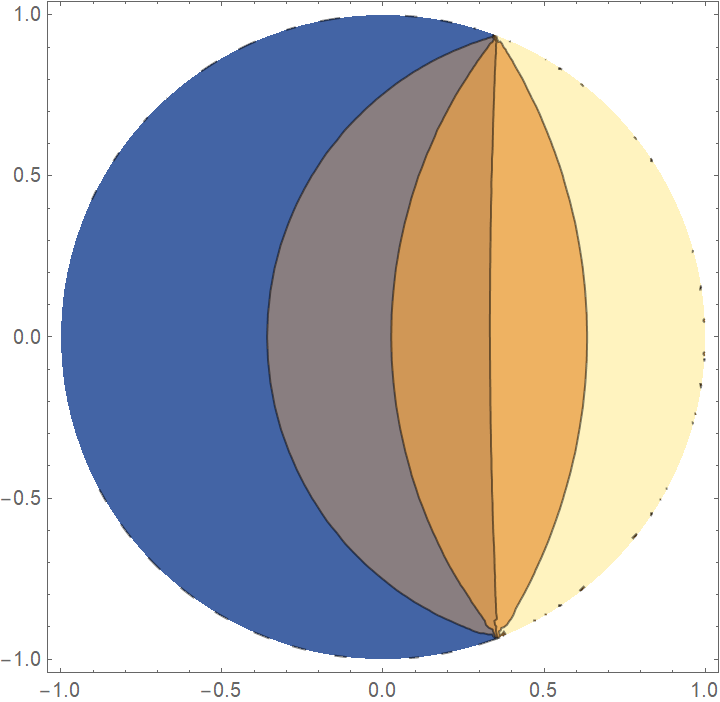I am not sure if I have correctly understood your question, but it seems to me that you are searching for a method of finding harmonic functions based on tomography/integral geometry: roughly speaking, the basic problem of integral geometry (tomography) is to recover a (possibly generalized) function on a domain by "evaluating it" (in some sense) on appropriate families of subspaces/submanifolds of the said domain.
In the case where the bounded and connected domain $G$ is convex, a solution to a problem of this kind was found long ago by W. H. Malmheden: precisely, he found that if, for any point $\mathbf{p}\in G$, you consider the bundle of line segments passing through it and whose ends are any two distinct points of the boundary $\partial G$, calculate the linear interpolation at $\mathbf{p}$ of the Dirichlet boundary values at the ends of each segment and then an appropriate mean of all these linear interpolations, you get an harmonic function solving the given Dirichlet problem. You can find a modern exposition of the result in reference [AKS], §2, theorem 2.1, pp. 338-340)
However, from the point of view of construction of harmonic functions, Malmheden's result has a limited use since, as Hans Weinberger ($n=2$, see the references in [AKS]) and later Authors ($n>2$) proved, it effectively gives an harmonic function with prescribed boundary values only if $G$ is an Euclidean ball (see [AKS] §4, theorem 4.1, p. 341).
Notes
Agranowsky, Khavinson and Shapiro give a new proof of a result ([AKS] §6 and §7, pp. 345-347), originally due to J. Barta (see the references in [AKS]), which extends the results of Malmheden to polyharmonic functions, i.e. solutions of the equation
$$
\Delta^{k} u(\mathbf{x})=0\qquad k\ge 2
$$
Again according to Agranowsky, Khavinson and Shapiro ([AKS] §1, p. 338) the complex analytic version of Malmheden's theorem is nonetheless the Martinelli-Bochner integral representation for holomorphic functions of several variables an it is not only valid for the complex euclidean ball but for any complex domain (with sufficiently regular boundaries, note is mine).
Reference
[AKS] Mark Agranovsky, Dmitry Khavinson, Harold S. Shapiro, "Malmheden’s theorem revisited" (English)
Expositiones Mathematicae 28, No. 4, 337-350 (2010), MR2734448, Zbl 1209.31001.

